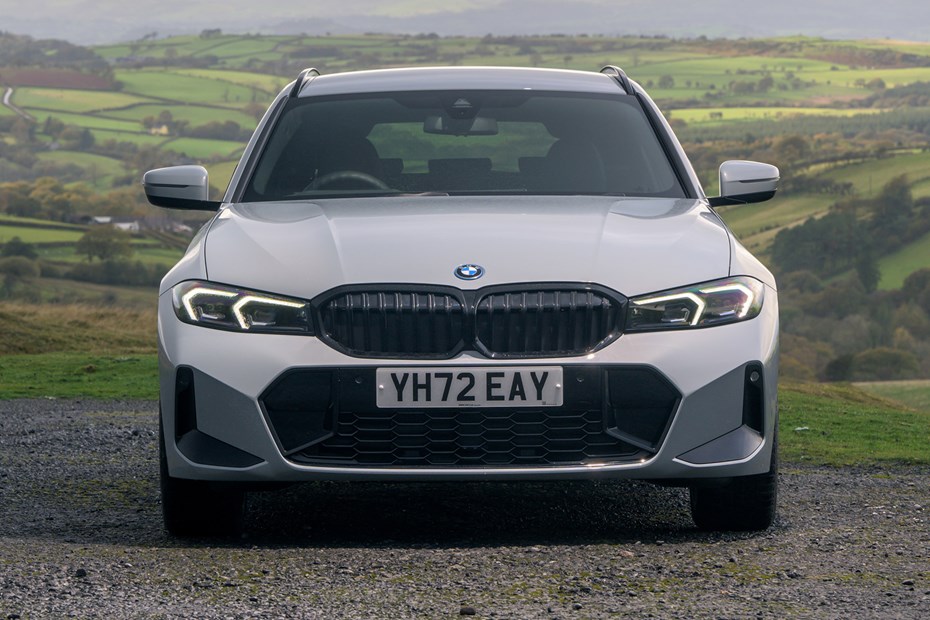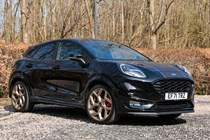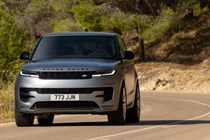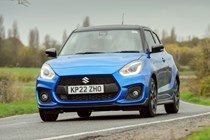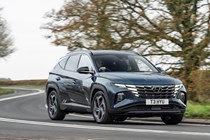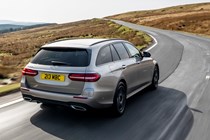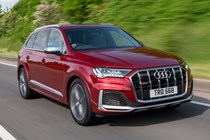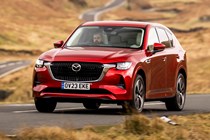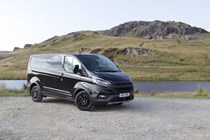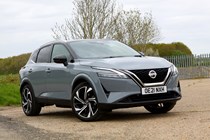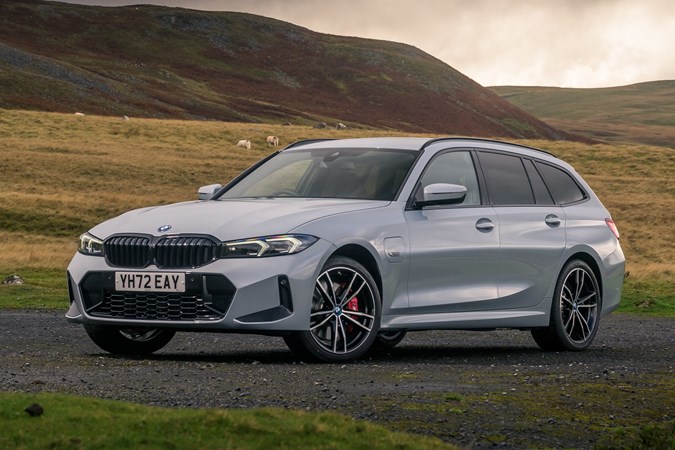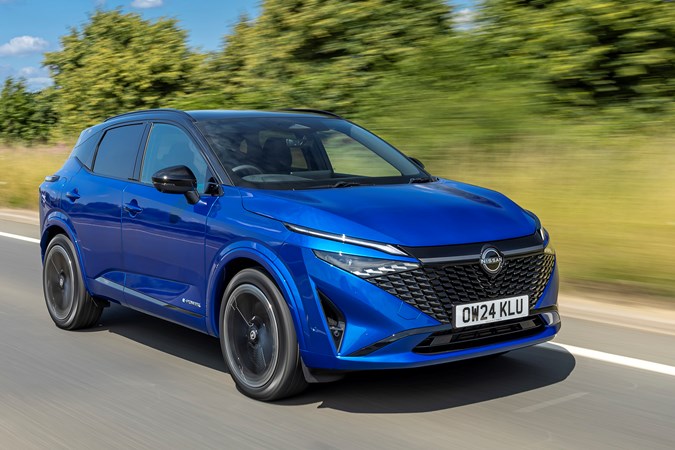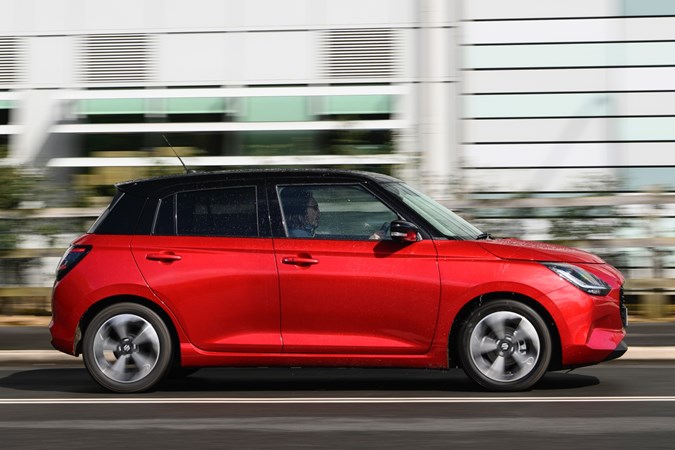You’ll quickly notice that the best mild hybrid cars are a varied bunch, no matter your needs you’ll be able to find something to suit your needs. Mild hybrids are the smallest step into the world of hybrid cars. They offer a tiny trickle of EV support, they won’t allow the car to drive on electric power alone, nor will it make your car zero-emissions capable.
What they will do however is enhance a car’s economy, offering a gentle nudge of assistance. Efficiency gains are minimal, but when done properly, they become buttery smooth to drive. There’s also no need to plug the car in like with a plug-in hybrid, so they’re easy to live with for the first-time hybrid customer.
More manufacturers are embracing mild-hybrid technology as part of the transition to electric vehicles. If you’re not ready to commit to a full hybrid, one of these cars might be an ideal pick. We’ve rounded up our favourites here.
So if you’re looking for a new car and you’re not ready to commit to a full hybrid, one of our top 10 mild hybrid cars might be the ideal choice for you. Keep reading to see what we recommend.
Best mild-hybrid cars of 2025
A brilliant-to-drive estate car packed with tech
The 3 Series’ boot is wide, flat, and has some clever features like grippy load rails that hide away when you’re stationary. The front of the car’s no less smart – the infotainment system is one of the best on the market, particularly the way it handles smartphone integration. The range of mild-hybrid petrol and diesel engines are all powerful and efficient, and we love the way the 3 Series rides and handles.
To find out more, read our full BMW 3 Series Touring review
Pros
- Great to drive
- Posh interior with brilliant infotainment
- Clever boot
Cons
- Rivals have more rear seat space
- Can get pricey
Lots to like from latest version of crossover pioneer
The Qashqai mild-hybrid (badged MH) is one of the more cost-effective examples you can buy, with some exceptionally reasonable leasing rates. It's also a spacious and practical family car, and it isn't half-bad to drive either. The mild-system is fairly refined too.
To find out more, read our full Nissan Qashqai review
Pros
- Posh, comfortable and spacious interior
- Perky mild hybrid petrol engines
- Reliable
Cons
- Not exactly imaginative
- Rivals are better to drive
Pint-sized and bags of fun
It’s not a fast car by any stretch, but it’s nimble and fun to drive. The interior is also decently spacious, even if the materials feel cheap next to offerings like the Renault Clio and Peugeot 208.
To find out more, read our full Suzuki Swift review
Pros
- Good fun to drive
- Effortless efficiency
- Good value for cash
Cons
- Interior lacks plushness
- Small boot
95% as much car as the full-size Rangey for 80% of the price
All engines have mild hybrid assistance (except the plug-in hybrids, of course) and it’s the excellent six-cylinder diesels we recommend, with the capacity for more than 40mpg plus brilliant drivability. The Range Rover Sport is comfortable on a cruise, competent in the corners and exceptional off-road.
To find out more, read our full Range Rover Sport review
Pros
- Opulent, luxurious interior
- Superb ride and handling
- Great engine range
Cons
- Expensive
- Not historically the most reliable
Space-age styling for this family SUV
The Tucson’s space-age styling hides a very user-friendly interior, with a widescreen infotainment display that’s fully-featured and really easy to use. There’s plenty of space in the back seats and boot, too, which makes it perfect for a growing family.
To find out more, read our full Hyundai Tucson review
Pros
- Looks great
- Spacious interior
- Five-year warranty
Cons
- Rivals are better to drive
- Unimpressive economy
Comfy cruiser with a vast boot
The E-Class’s engines all have mild hybrid assistance (apart from the two plug-in ones) and it’s the diesels we recommend, which can offer in excess of 60mpg if driven carefully. Combined with a huge fuel tank, this is a car that can cross continents before breakfast. Just make sure you can cope with its tech-heavy dashboard before you buy.
To find out more, read our full Mercedes E-Class Estate review
Pros
- Tons of space for luggage
- Very comfortable
- Efficient diesels
Cons
- A 5 Series is better to drive
- Convoluted tech
Audi Q7
Premium seven-seater SUV has a lot to like
The Q7’s mild hybrid engines are powerful and, considering the sheer size of the car, they're surprisingly efficient. Our pick of the range are the diesels, which have the torque needed to shift the Q7’s bulk effortlessly.
To find out more, read our full Audi Q7 review
Pros
- Excellent to drive
- Premium, well-built dashboard
- Powerful, efficient engines
Cons
- Expensive
- Feeling its age in places
Clever mild hybrid diesel offers astounding economy
The rather large cubic capacity allows Mazda to keep the diesel engine relatively unstressed, which allows for some fantastic fuel economy. This is helped by the mild hybrid system that lets the CX-60 coast with the engine off. The ride is still quite firm, especially the back axle which can seem uncontrolled, but otherwise this is a much better car to drive than the CX-60 PHEV.
To find out more, read our full Mazda CX-60 review
Pros
- Great diesel engine
- Quality interior
- Great infotainment
Cons
- Rides poorly
- Avoid the plug-in hybrid
Best mild hybrid cars FAQ
What is a mild hybrid car?
So, what is a mild hybrid? Mild hybrid systems fill in some of the gaps where engines are less efficient. A small motor usually placed just ahead of the gearbox assists when pulling away, can give a boost during hard acceleration, and helps make engine stop/start systems more responsive. This has the result of improving performance and drivability while reducing fuel consumption and emissions – all with minimal negative impact on the driver behind the wheel.
Just don’t go expecting miracles. While more full-featured hybrids often offer impressively low running costs, a mild hybrid will be much closer to a conventional petrol or diesel in this regard. Mild hybrid engines aren’t usually a choice you can make as a buyer, either – in some model ranges, they’ve just replaced non-hybrid engines wholesale, while other manufacturers choose not to offer them in favour of concentrating on full hybrids and pure EVs.
Is a mild hybrid worth having?
It depends on what your priorities are. If you are looking at a mild hybrid as an evolution of your existing petrol and diesel as a ‘fit and forget’ system, then of course, it’s worth plumping for one. These cars offer better fuel economy and lower emissions than their non-hybrid equivalents, and although they don’t (typically) run on battery only, they’re definitely better than not being electrified at all.
Which is better mild hybrid or hybrid?
The biggest difference between the two systems is that a mild hybrid cannot (typically – there are a couple of exceptions) drive on pure battery alone, whereas a full hybrid (also known as a self-charging hybrid) can travel some distance without any assistance from the engine.
A full hybrid is designed to drive on battery power alone and operate in fuel-efficient, zero-emissions mode, especially in stop/start traffic. However, a full hybrid is heavier and costs more than its mild equivalent – so it comes down to your personal priorities.
What are the pros and cons of mild hybrid?
A mild hybrid is lighter and costs less than a comparable full hybrid, so you get some of the benefits of electrification without many of the compromises. Viewed as a replacement to a straightforward petrol (or diesel), they’re better around town, thanks to battery-assisted acceleration from rest. They offer lower overall emissions, too.
The downsides are that there are marginal improvements in emissions and fuel consumption compared with a full hybrid, and aside from a couple of exceptions, you can’t drive on battery only aside from foot-off coasting at speed.
Are mild hybrid cars cheaper to insure?
Surprisingly, being hybrid does make a difference. They’re more common than all-electric cars, so insurance costs are lower, but compared with a standard car, premiums can be higher, as the costs of parts can often be higher.
How long do mild hybrid batteries last?
Mild hybrids are still a relatively new phenomenon, so it’s a little too early to say. But there’s little reason to think they’ll behave differently to full hybrids. And in this case, batteries last at least 100,000 miles. Properly maintained, some owners are able to push this number to 200,000 – although mild hybrids use their batteries very differently.
Update log
5 November 2024: Removed Ford Puma, updated Suzuki Swift and Nissan Qashqai with new models. Added leasing links and updated introduction.
Just so you know, we may receive a commission or other compensation from the links on this website - read why you should trust us.


